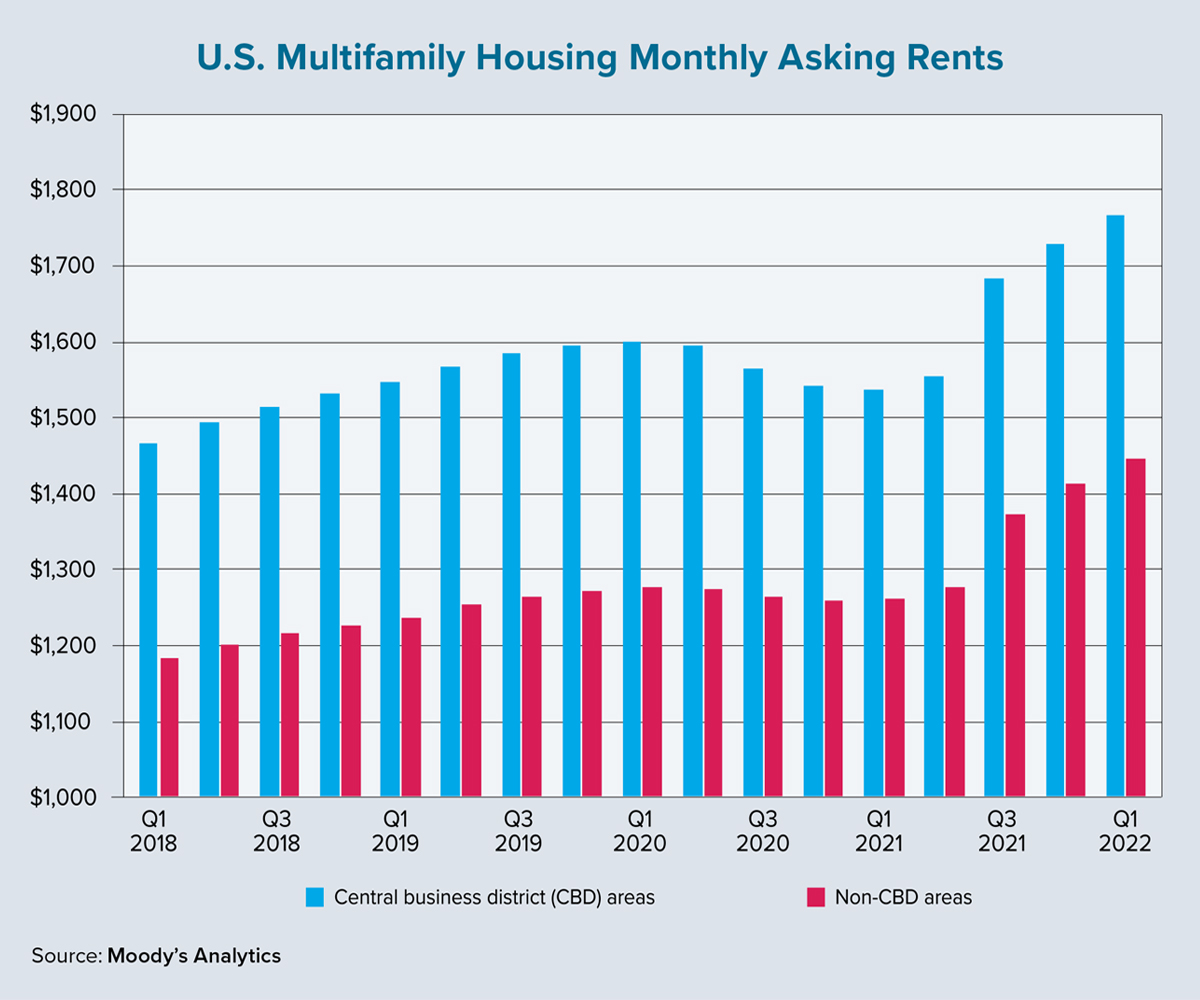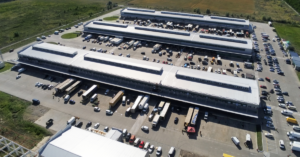The history of urban living is long and winding. In early civilizations, density served to provide protection from invading forces. Maritime trade prompted a clustering of sailors, shipbuilders and financiers. And economies of scale brought factories together to share labor, intermediate inputs and shipping infrastructure during the Industrial Revolution.
Author
-

Thomas LaSalvia, Ph.D., is head of commercial real estate economics at Moody’s Analytics CRE. He has extensive experience in space and capital-market analysis, with specific expertise in optimal location theory.
View all posts






